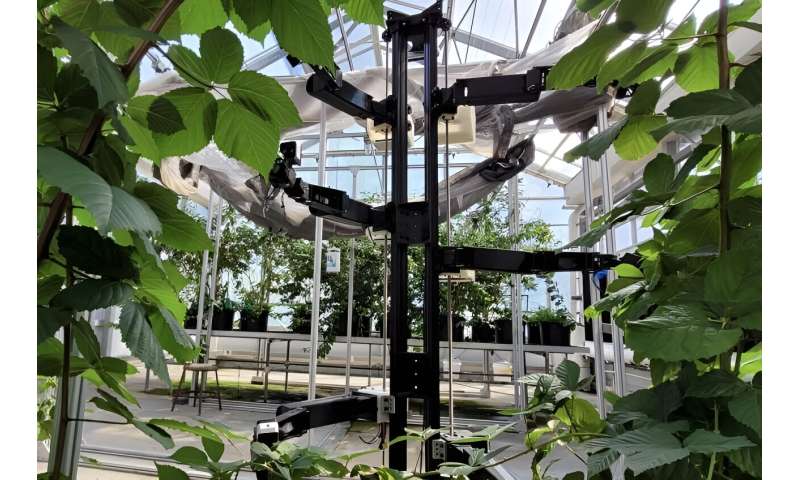Best of Last Week—Combining classical and nuclear physics, robot pollinators, stevia most brain compatible

It was a good week for physics, as a team from the Vienna Center for Quantum Science and Technology, working with the National Metrology Institute Braunschweig reported that classical quantum physics and nuclear physics can be combined. The researchers used a laser to transfer an atomic nucleus into a state of higher energy and precisely tracked its return to its original state. Also, Bartosz Regula from the RIKEN Center for Quantum Computing and Ludovico Lami from the University of Amsterdam showed, using probabilistic calculations, that there is an 'entropy' of quantum entanglement. And a trio of physicists, two with the University of Ulm and the third with the University of Amsterdam, found a way to reveal the "quantumness" of gravity.
In technology news, a team of engineers at The University of Texas at Austin demonstrated a stretchable e-skin that could give robots human-level touch sensitivity. And a team of roboticists at West Virginia University designed, built and tested a six-armed robot for use in precision pollination on farms. Also, another team of roboticists with members from the Max Planck Institute for Intelligent Systems, Harbin Institute of Technology and Hong Kong University of Science and Technology demonstrated a miniature wireless robot that can move through tubular structures. And a team at ETH Zurich's Institute for Dynamic Systems and Control demonstrated an affordable, miniature-car-like robot for testing control and estimation algorithms.
In other news, a team of medical researchers at Cornell University discovered a common type of fiber that may trigger bowel inflammation—called inulin, it is often found in plant foods and supplements. Also, a combined team of planetary scientists from the University of Southampton, the University of Gothenburg and the University of California, San Diego, solved the mystery behind the huge opening in Antarctic sea ice—called the Maud Rise polynya, the team found that it was caused by interactions between natural factors including wind and ocean currents. And finally, a team of researchers affiliated with multiple institutions in China found that stevia is the most 'brain-compatible' sugar substitute.
© 2024 Science X Network